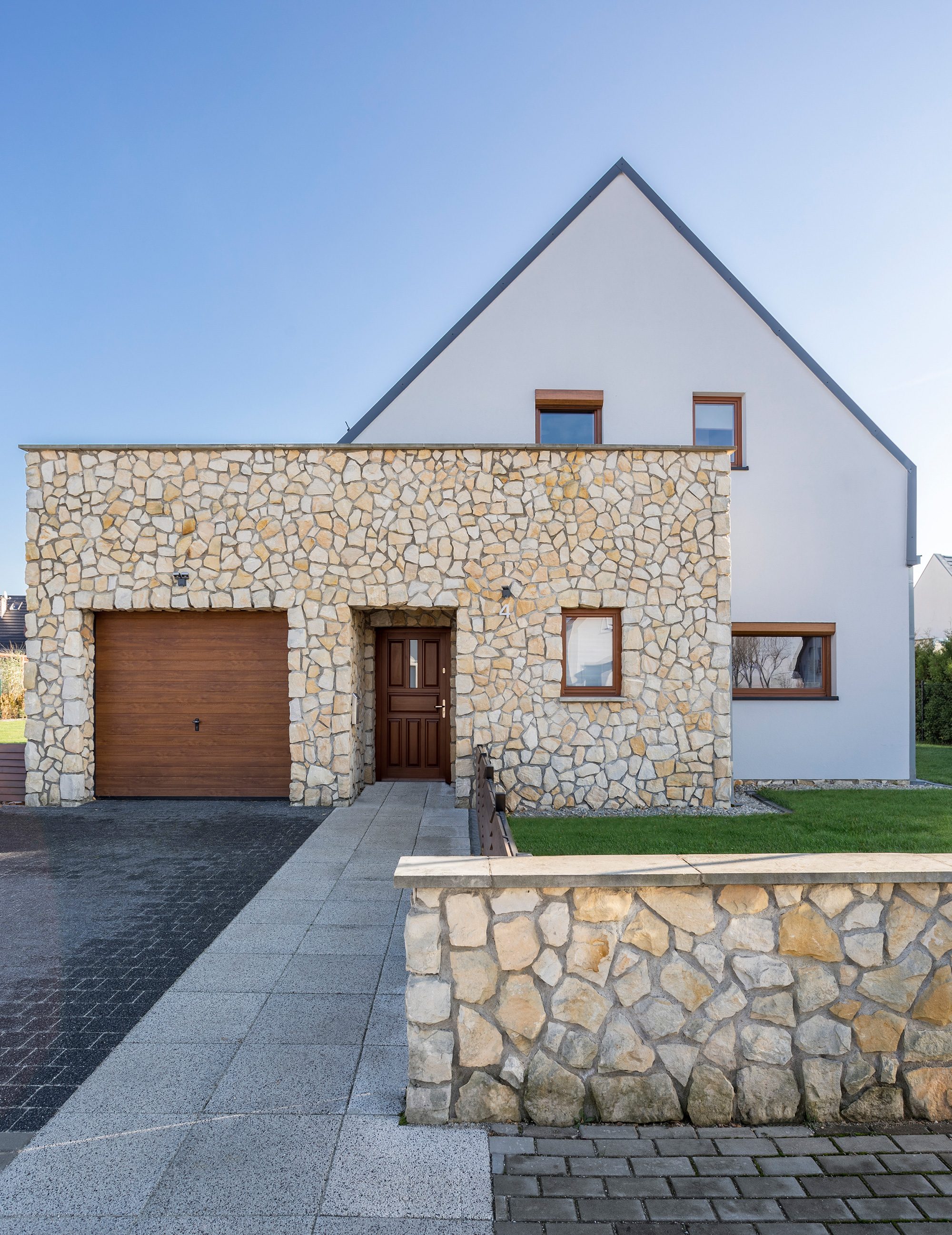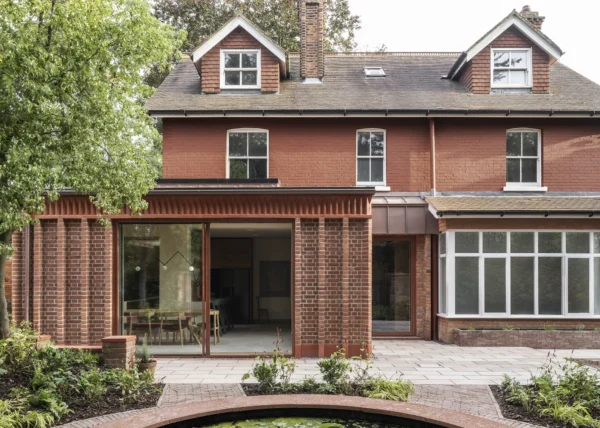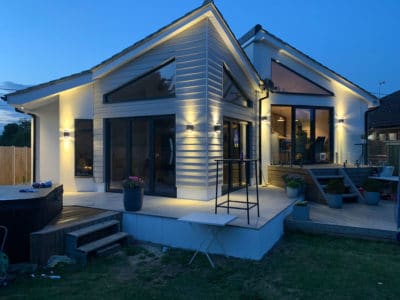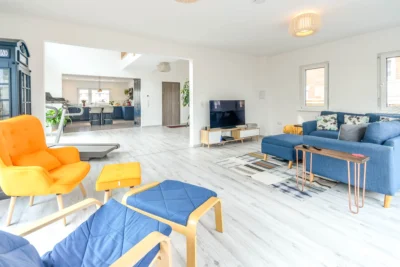The world of self and custom building currently has such a positive outlook that it is hard to know where to start this month.
In the last few weeks, I’ve been to the Houses of Parliament to listen to the latest proposals on the Right to Build initiative. Key players within the industry, including the Build It team and NaCSBA members, gathered in a committee room to hear the likes of housing minister Brandon Lewis and his shadow counterpart Emma Reynolds speak of their shared ambition to make self and custom building more accessible to all.
Their enthusiasm – and most importantly, political will – is palpable, which can only be a good thing. We also heard from Richard Bacon, the MP for south Norfolk who is championing a private members’ bill that will oblige local authorities to keep a list of self-builders looking for land and also release plots to make projects happen. The legislation is progressing well, having just passed its third reading in the Commons.
I’ve also been to Sheffield, one of the 11 vanguard councils investigating how to make the Right to Build scheme work. If the enthusiasm of the local councillors and the hundreds of members of the public that turned up at Sheffield Town Hall to learn about the initiative is anything to go by, then I think the government is on to a winner. For the attendees I spoke to that day, Right to Build can’t come quickly enough.
Self-build fee exemptions
The Department for Communities and Local Government (DCLG) then gave us the best Christmas present we could have hoped for. They announced that the National Planning Policy Framework will be modified to exempt developments of 10 homes or fewer from paying for affordable housing, and other ‘tariff style contributions’, under Section 106 planning obligations.
Following on from their successful lobbying to exempt self and custom build schemes from the Community Infrastructure Levy (CIL) charges, the National Custom and Self Build Association (NaCSBA) turned its attention to Section 106 charges, which like CIL had been responsible for making many individual self-build projects unaffordable.
While local authorities have been arguing that the only way they can afford to support affordable housing and infrastructure improvements is through Section 106 charges, I think they failed to grasp the difference between a developer who can factor these costs into a business plan, and the self-builder who scrapes together every penny they have just to build the house they dream of. These individuals usually scramble over the finishing line exhausted but happy, having (hopefully) only just run out of money at that point.
On behalf of self-builders and custom builders, I’d like to say a big thank you to the DCLG. These positive changes are a welcome step to creating more high quality housing stock.

































































































 Login/register to save Article for later
Login/register to save Article for later












